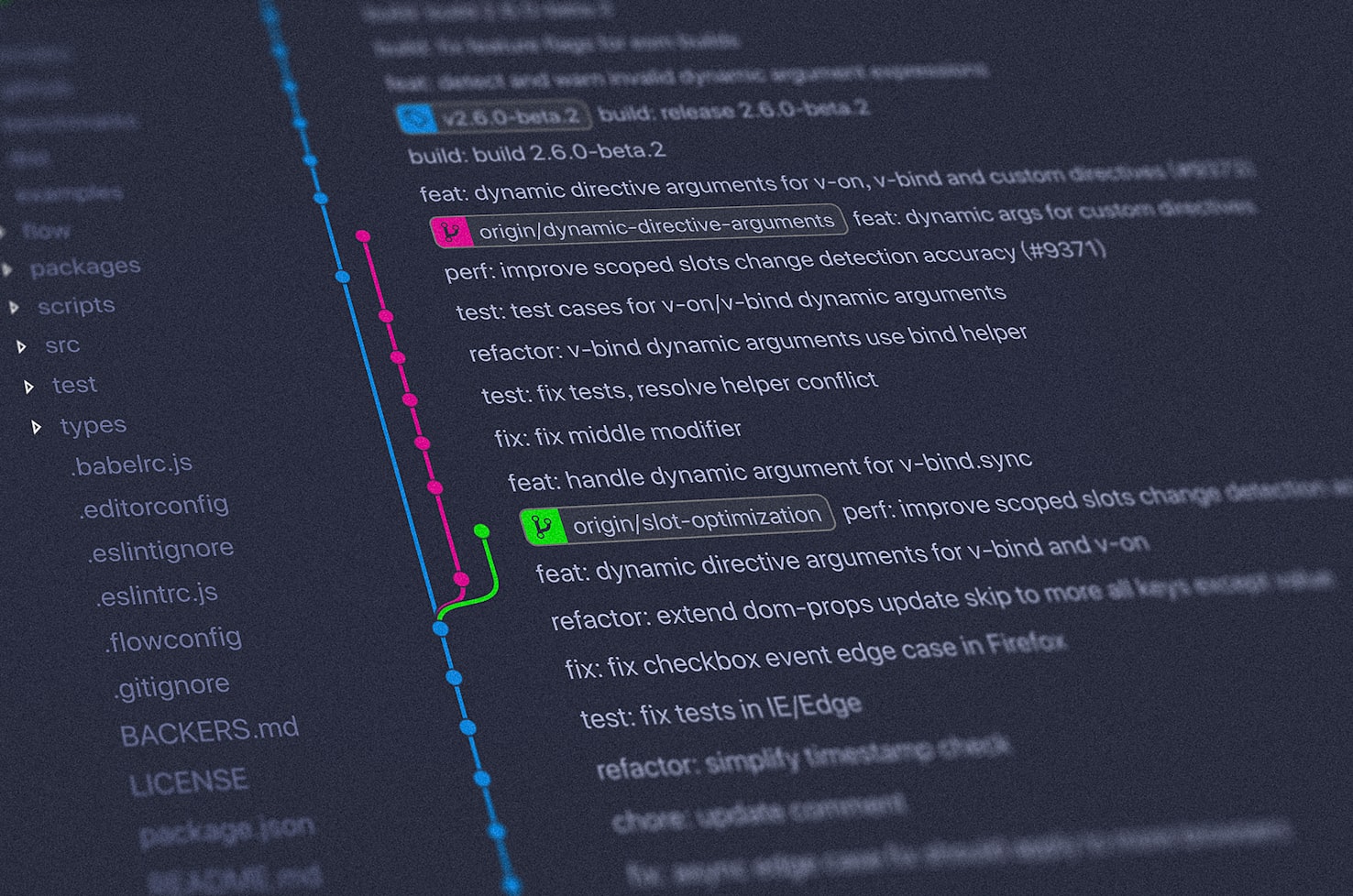Frontend Development Roadmap
Your comprehensive guide to mastering frontend web development
1. HTML Fundamentals
Start with the building blocks of the web. Learn HTML5 and semantic markup.

- Document structure
- Tags and attributes
- Forms and validation
- Accessibility best practices
2. CSS Essentials
Style your HTML with CSS. Learn layout techniques and responsive design.

- Selectors and specificity
- Box model and layout
- Flexbox and Grid
- Media queries and responsive design
- CSS preprocessors (Sass or Less)
3. JavaScript Fundamentals
Add interactivity to your websites with JavaScript.

- Variables, data types, and functions
- DOM manipulation
- Events and event handling
- Asynchronous JavaScript (Promises, async/await)
- ES6+ features
4. Version Control and Git
Learn to manage and track your code changes effectively.

- Basic Git commands
- Branching and merging
- Collaborative workflows (e.g., GitHub flow)
- Pull requests and code reviews
5. Responsive Web Design
Create websites that work well on all devices and screen sizes.

- Mobile-first approach
- Fluid layouts and flexible images
- CSS frameworks (e.g., Bootstrap, Tailwind)
- Progressive enhancement and graceful degradation
6. Frontend Build Tools
Learn tools that improve your development workflow and optimize your code.

- Package managers (npm, Yarn)
- Module bundlers (Webpack, Rollup)
- Task runners (Gulp, npm scripts)
- Transpilers and compilers (Babel, TypeScript)
7. Frontend Frameworks
Master a popular frontend framework to build complex applications efficiently.

- React ecosystem
- State management (Redux, MobX, Recoil)
- Routing (React Router)
- Server-side rendering and static site generation
8. API Integration and Asynchronous Programming
Learn how to connect your frontend to backend services and handle asynchronous operations.

- RESTful APIs and GraphQL
- Fetch API and Axios
- WebSockets for real-time communication
- Error handling and loading states
9. Testing and Debugging
Ensure your code works as expected and learn to find and fix issues efficiently.

- Unit testing (Jest, Mocha)
- Integration testing
- End-to-end testing (Cypress, Selenium)
- Debugging tools and techniques
10. Web Performance Optimization
Learn techniques to make your websites fast and efficient.

- Performance metrics and measurement
- Code splitting and lazy loading
- Caching strategies
- Image and asset optimization
11. Web Accessibility (A11y)
Make your websites usable by as many people as possible, including those with disabilities.

- WCAG guidelines
- Semantic HTML and ARIA attributes
- Keyboard navigation and focus management
- Accessibility testing tools
12. Security Best Practices
Understand common web security vulnerabilities and how to prevent them.

- Cross-Site Scripting (XSS) prevention
- Cross-Site Request Forgery (CSRF) protection
- Content Security Policy (CSP)
- HTTPS and secure cookies
13. Deployment and DevOps Basics
Learn how to deploy your frontend applications and understand basic DevOps concepts.

- Static site hosting (Netlify, Vercel)
- Continuous Integration and Continuous Deployment (CI/CD)
- Containerization basics (Docker)
- Monitoring and error tracking
Continuous Learning
Remember, frontend development is an ever-evolving field. Stay updated with the latest trends, attend conferences, participate in online communities, and never stop building projects!